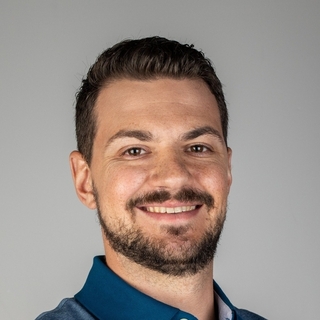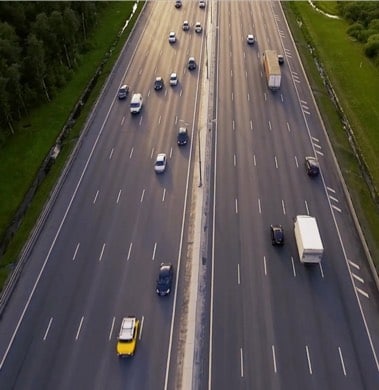Hire Freelance Product Designers
Marti Bruno
Marti is a senior UI/UX designer based in New York. For the past several years, he's been designing digital products for the banking, hospitality, fashion, healthcare, pharmaceutical, automotive, and software industries. Marti's past clients include Citibank, HP, Galaxkey, Meta, Deutsche Bank, Volkswagen Group, Riyad Bank, Vorwerk Thermomix, Asics, The Ritz-Carlton Group, Hilton Hotels & Resorts, Al Rajhi Bank, and First Abu Dhabi Bank.
Show MoreAndrijana Mrkela
Andrijana is an experienced designer, focusing on user-centered product design. With expertise in digital strategy, UX/UI, and prototyping, she thrives in solving intricate problems with creative thinking. Her data-driven designs create immersive experiences for the intended audience. With 10+ years of experience developing B2C and B2B solutions across diverse industries, Andrijana is an award-winning designer and holds the position of lead designer and co-founder at a renowned digital agency.
Show MoreGokhun Guneyhan
Gokhun is an interaction designer with several years of experience and a special interest and expertise in marketplace and wellness startups. He's worked with various US and UK startups as a contractor or freelancer. Throughout his career, he's done the entire project lifecycle, from user research and user testing to creating user flows, wireframes, UIs, and prototypes.
Show MoreEric Müller Moreno
Eric is an award-winning designer with more than ten years of industry experience and a focus on products. With expertise gained working with top companies like Forbes and Universal Music Group, he has created many B2B and B2C platforms and data visualizations. Eric's strategic way of working contributes to startup projects that need a holistic approach.
Show MoreAlexandre Brito
Alexandre is a user experience designer and strategist with 12+ years of experience working for companies like Deutsche Bank, Philips, Vodafone, KLM, Intel, Pernod Ricard, Asics, and Toyota. He designs better ways for customers to experience products and services that improve their lives and the business's bottom line. What drives Alexandre is simplifying complex things, understanding behavior, and creating real, innovative experiences.
Show MoreQuan Do
Quan has designed digital experiences for more than 11 years, including working with the international eCommerce platform Luxury Escapes and the high-growth Australian fintech startup Simply Wall St. Quan focuses on understanding his clients' business and their challenges through effective communication. He delivers well-crafted, scalable and considered design solutions which are also thought out for development.
Show MoreDanielle Thompson
Danielle is a user-centered professional with over 10 years of experience and an innovative approach to idea and concept development. She has a history of success providing creative direction and management, leading strategy, and innovative interfaces at tech-forward, product-driven companies. Danielle has specialized in fintech, enterprise Sass, and Medtech, designing interfaces that serviced over 300 million users.
Show MoreRuben Oliveira
Ruben has led and designed hundreds of projects with large teams as well as a as a solo designer. His experience spans diverse domains, including web applications, data viz, websites, mobile apps, branding, and interaction design. He possesses expertise across the entire design process, encompassing discovery, research, analysis, information architecture, conceptualization, and beyond. He has designed for companies such as Google, Honda, and Virgin, as well as small companies and startups.
Show MoreDiscover More Product Designers in the Toptal Network
Start Hiring































































